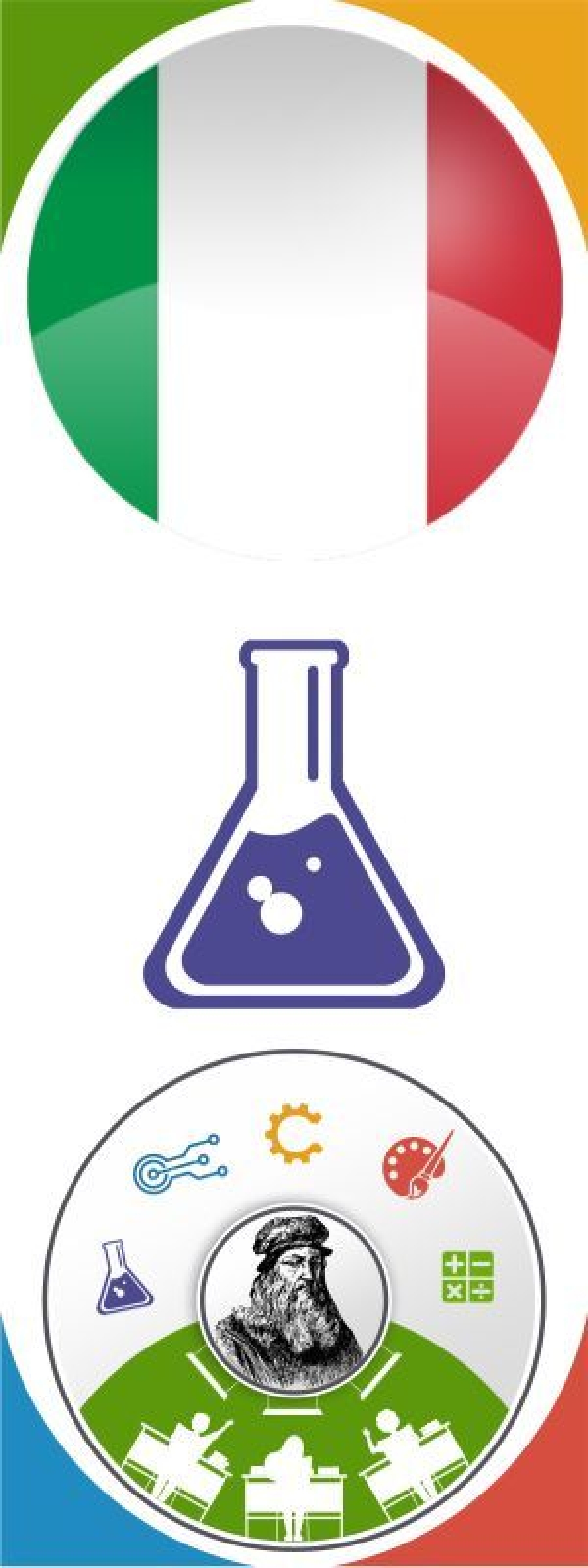
Costruiamo una Mangiatoia per Uccelli: un'avventura Piena di Scienza
Il problema individuato in classe è la mancanza di conoscenza della natura. In particolare,
questo scenario può essere utilizzato per compensare la mancanza di osservazione della flora e
della fauna.
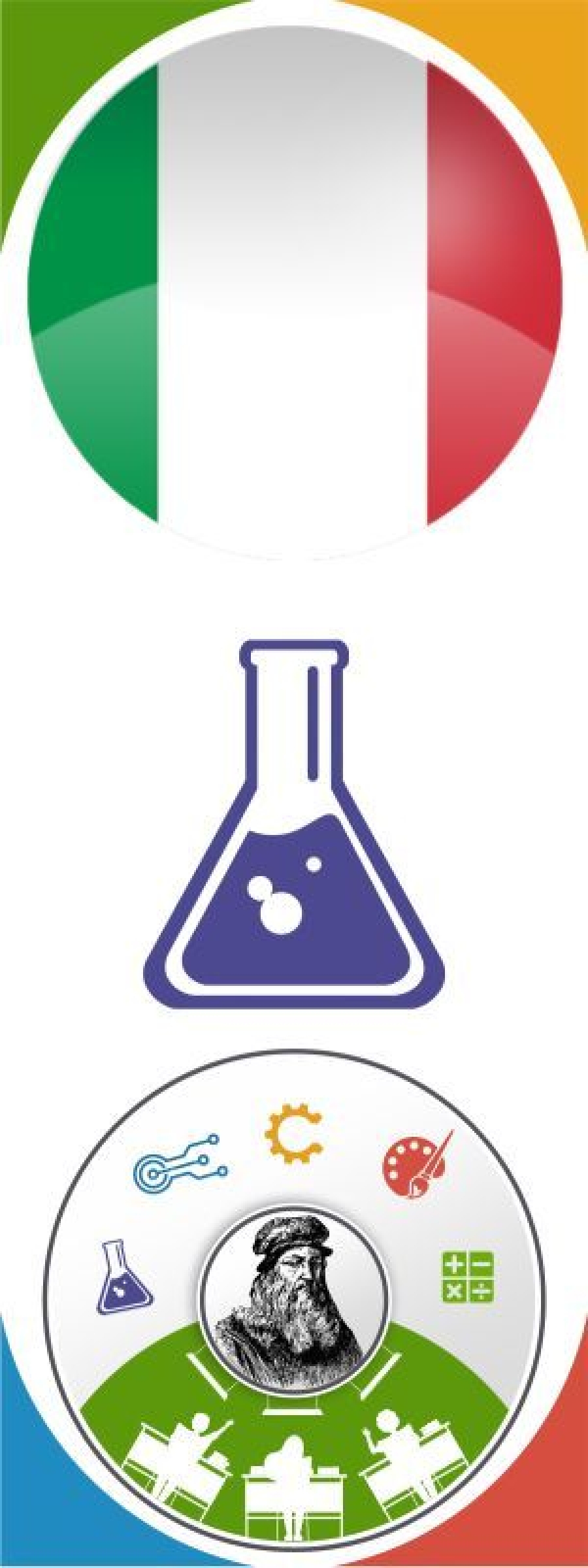
Confronto dei Pesi in Aria e Acqua
Aiutare gli studenti a comprendere il concetto di galleggiamento e come si relaziona alla
differenza di peso degli oggetti in aria e in acqua.
Incoraggiare gli studenti a esplorare e fare scoperte scientifiche attraverso la sperimentazione
pratica.
Promuovere l'interesse per le materie STEM coinvolgendo gli studenti in un esperimento
divertente e interattivo.
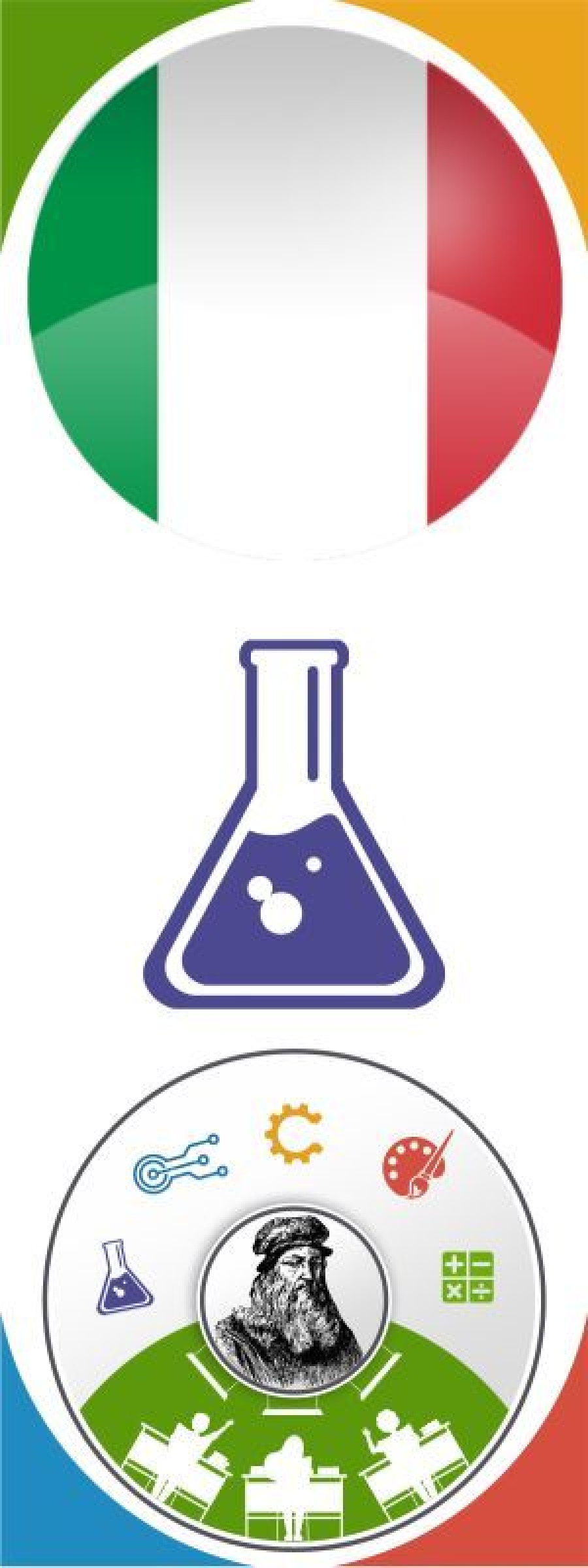
Dov'è la Luna?
Questo scenario mira a consentire agli studenti di acquisire conoscenze sullo spazio e sul
sistema solare, sviluppare capacità di osservazione e pensiero strategico, favorendo così il loro
interesse per le materie STEM. Il gioco offre una piacevole esperienza di apprendimento e
incoraggia gli studenti a impegnarsi nella scoperta scientifica. Insegnare agli studenti le relazioni
di distanza tra i corpi celesti all'interno del sistema solare. Migliorare le capacità di osservazione
degli studenti. Aiutare gli studenti a cogliere i concetti fondamentali relativi allo spazio.
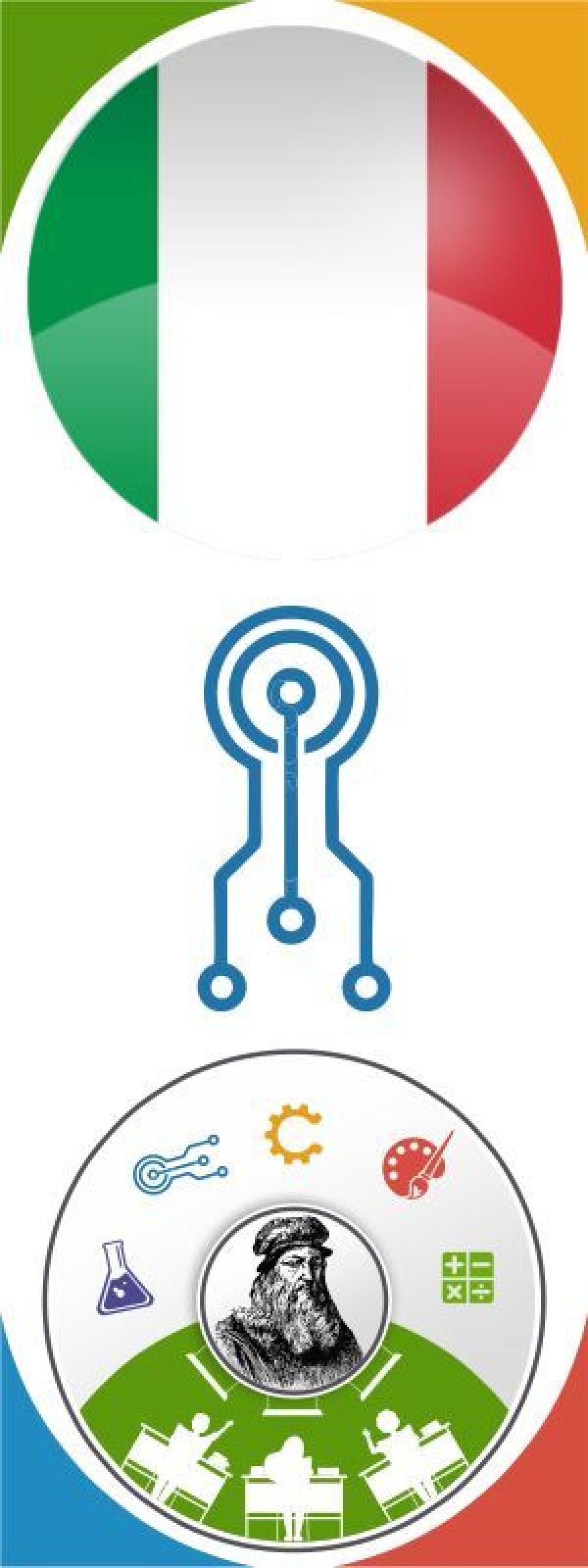
Un'emozionante Avventura Danzante col Coding
L'obiettivo di questa attività è quello di introdurre gli alunni delle scuole elementari al mondo
della danza e del coding, incoraggiandoli a potenziare la loro creatività, il lavoro di squadra e le
capacità di espressione di sé. Attraverso l'integrazione di danza e programmazione, l'attività
cerca di promuovere un ambiente di apprendimento gioioso e interattivo, in cui gli studenti
possono scoprire la gioia della danza mentre sperimentano gli aspetti logici e sistematici del
coding.
Download attachments:
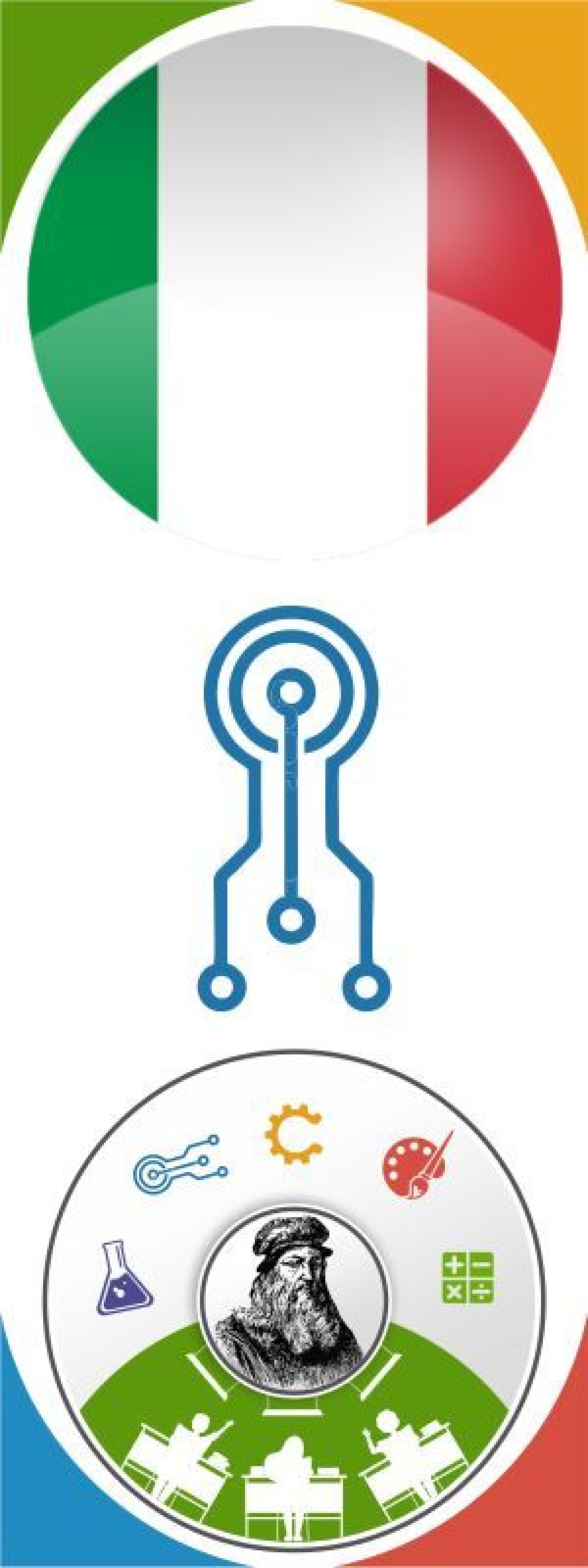
Avventura nel Labirinto: Porta il tuo Animale Preferito alla tua Frutta Preferita!
Questo scenario mira a fornire agli studenti delle scuole elementari un'esperienza divertente e
creativa di esplorazione di giochi di labirinto e concetti di coding di base senza l'uso di una
piattaforma digitale. Gli studenti useranno carta e penna per progettare i loro giochi di labirinto
e impiegheranno semplici abilità di coding per guidare i loro animali preferiti verso i loro amati
frutti. Questa attività favorisce il pensiero logico, il problem solving, la creatività e lo sviluppo di
algoritmi tra gli studenti.
L'obiettivo di questo scenario è quello di offrire agli studenti delle scuole elementari una
piacevole introduzione ai giochi di labirinto e ai concetti di programmazione senza l'utilizzo di
strumenti digitali. Consentendo agli studenti di progettare i loro giochi di labirinto su carta e
utilizzando semplici abilità di coding per risolverli, lo scenario li incoraggia
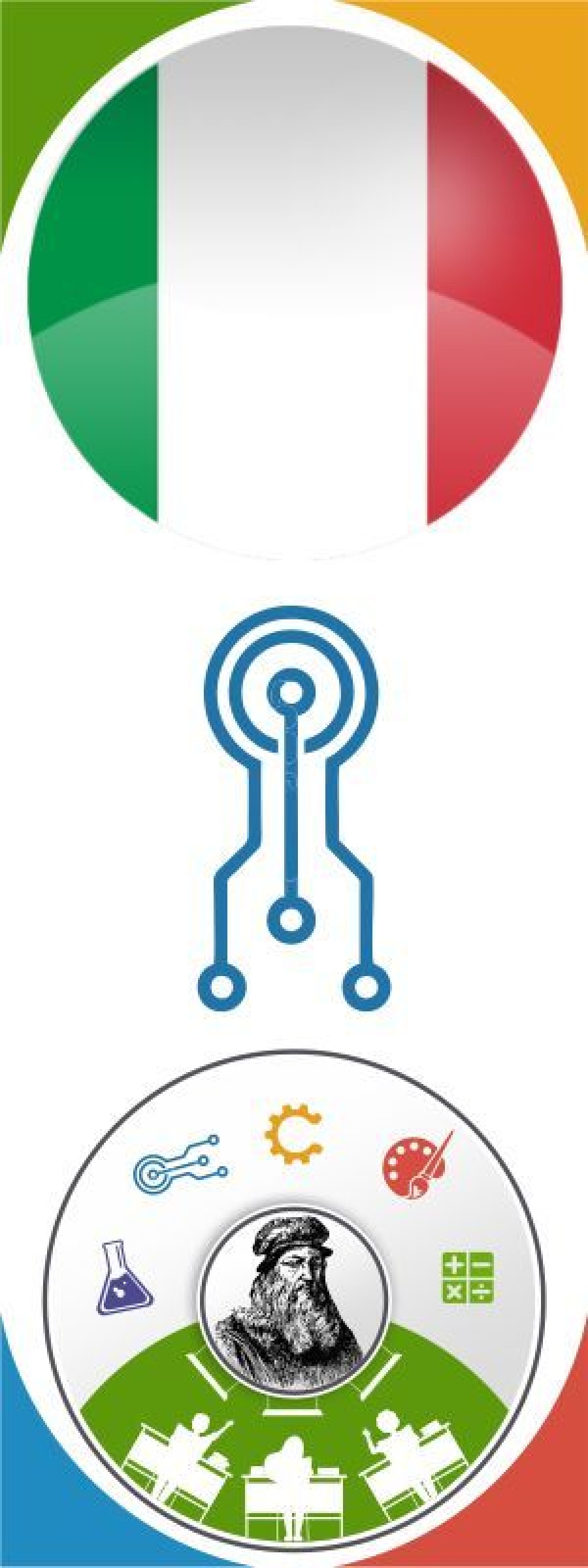
Punto d’arrivo
L'obiettivo di questa attività è quello di sviluppare le capacità di coding degli studenti,
migliorare le loro capacità di pensiero logico e applicare le loro capacità di problem solving in
un contesto pratico. Il gioco aiuta gli studenti ad apprendere concetti fondamentali di
programmazione come la creazione di algoritmi, la sequenza dei comandi e la pianificazione del
risultato desiderato attraverso la pratica.
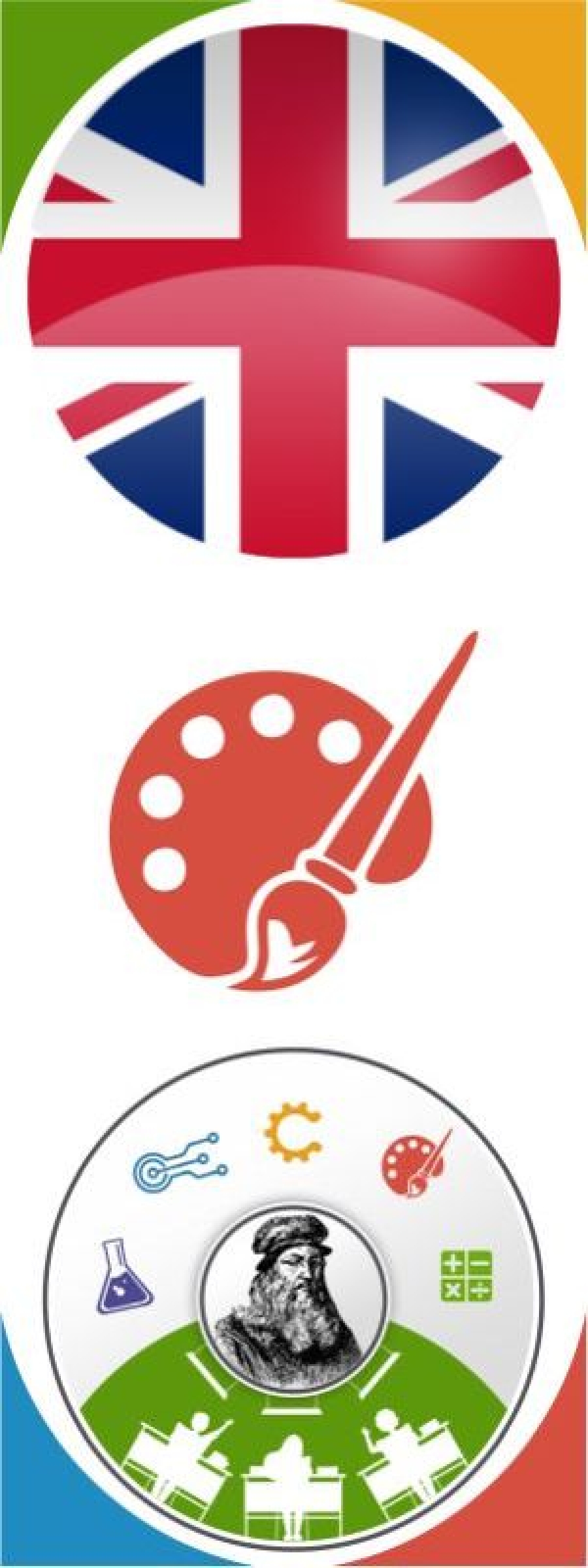
Learn about Vases
Students know that vases are part of our culture , our history and are asked to look for elements of their origin , their use, as well as to create their own vases.
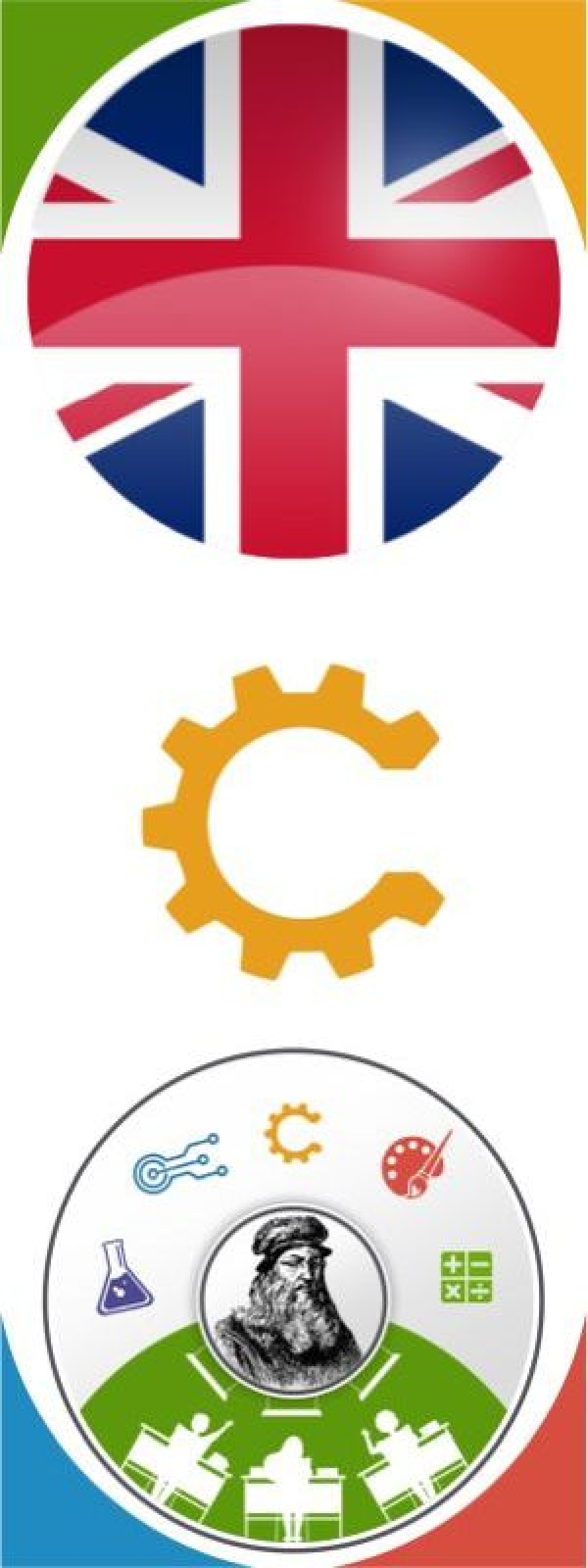
Avoiding Obstacles
Students in the class know the existence of robots and their categorization into robots with direct human control (remote controlled robots) and autonomous robots controlled by a programmed computer. The second category is also the one that they should study and provide solutions to complete the scenario. The teams first create a construction from guided slides and after completing it they program the robot to avoid obstacles in front of it. Students will study and experiment both in the virtual (through the Scratch program ) and in the real world (robot built with WeDo 2.0 "bricks").
Students should have basic computer skills ,know the building blocks of the Lego package WeDo 2.0, have built simple robotic constructions and know basic commands from the Scratch programming environment .
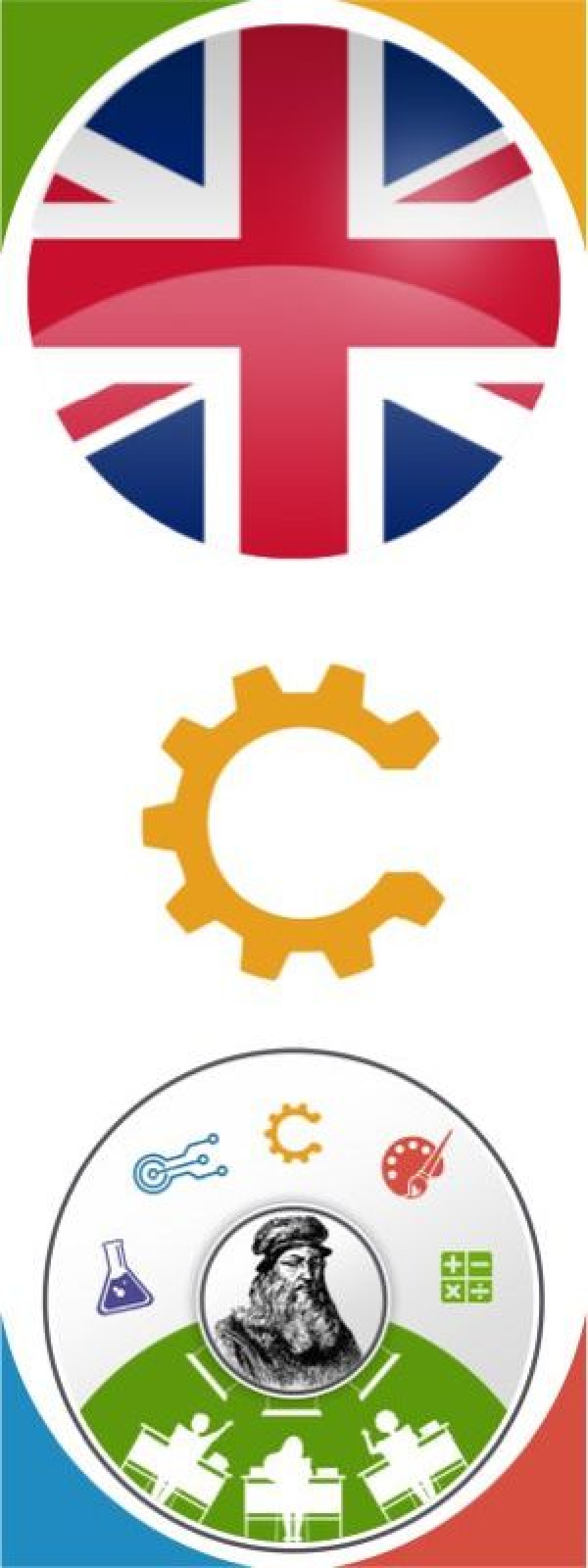
The Weather has its Ups and Downs but…Man has Devices!
The educational scenario refers to natural disasters, specifically floods and frost. Initially, the students come into contact with these extreme weather phenomena and what causes them (laws of physics, meteorology, etc.). In addition, students discover the ways to cope with these phenomena, by actively participating in dealing with the problems they cause. Finally, the students themselves will build these technical means that contribute to dealing with weather phenomena ( wind turbine and dam).
The students seem to have some knowledge about the problems caused by severe weather phenomena, since they live in a lowland rural area and relatively everyone has contact with some form of cultivation. The children need improvement in the technical part of the means used for prevention as well as the natural laws that govern these weather phenomena.
Download attachments:
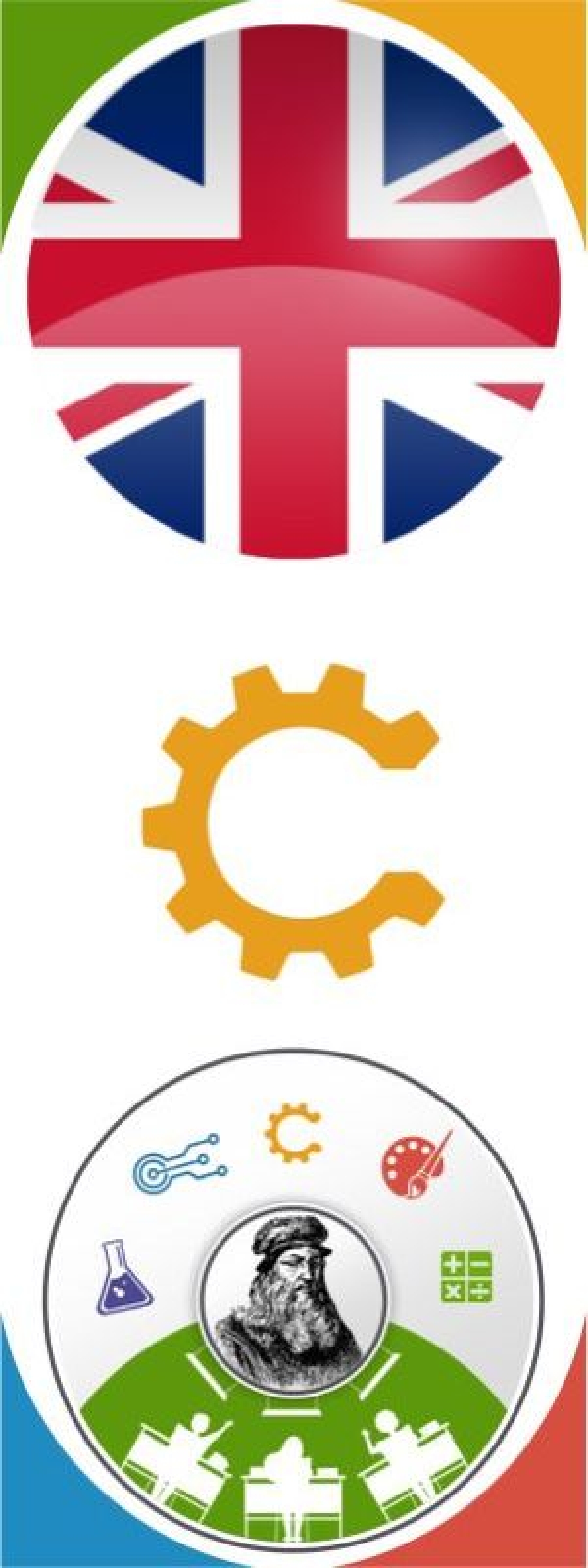
"All Day they were Building it … in order not το Collapse." Building Bridges
The idea of the scenario about engineering (construction of bridges) came up by the systematic observation of children's free play in the “building material”classroom corner. More specifically, teachers noticed the difficulties that children faced in building bridges in order to pass over cars or animals. Aiming to face these specific challenges, they proposed activities adapted to the specific needs and interests of the children in order to improve their skills in solving problems and in building bridges. They also incorporated STEAM concepts into the activities, by discussing about the forces that act on bridges such as tension and compression and by using simple terms that children could understand on how some shapes and structures provide greater stability, creating thus a more effective and engaging learning experience.
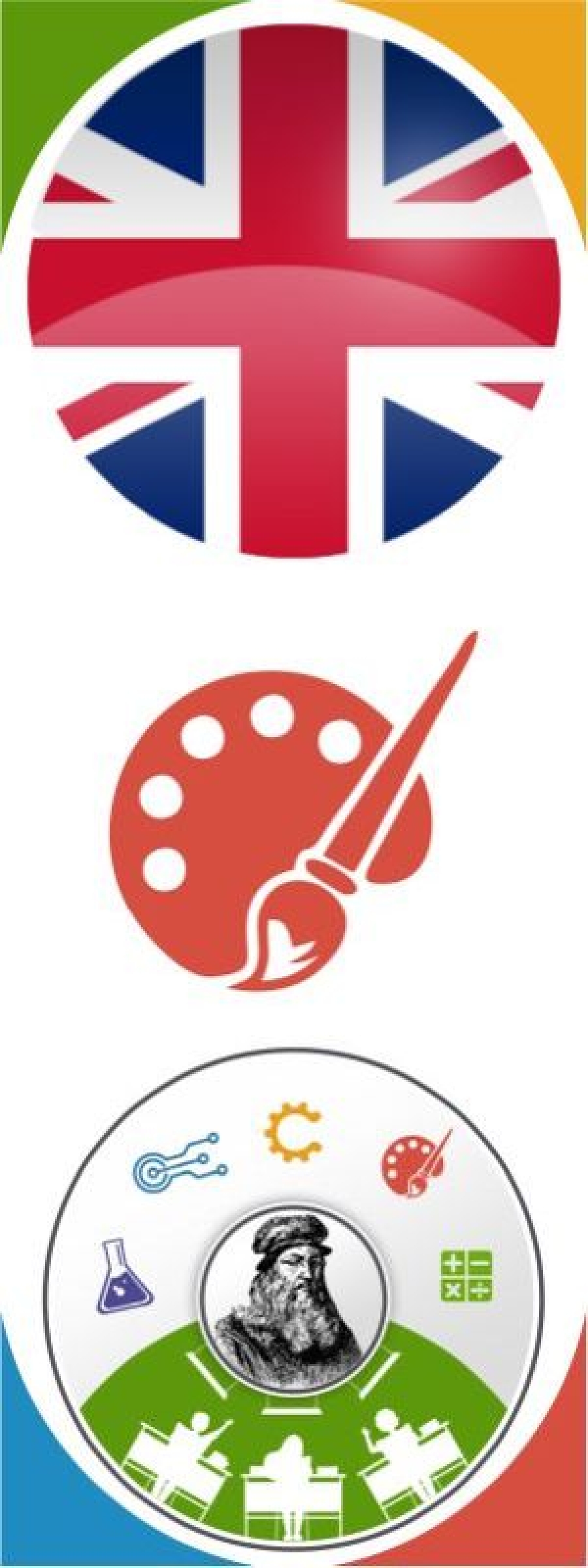
Τhe Legendary Old Bridge of Arta
Through their engagement with the script "The Bridge of Arta," students will realize that theater can be presented not only in front of an audience, as they previously believed, but also in front of a audience through the radio. Then, through the activities described below, students understand how they can "construct" and convey the sounds of nature within the classroom, using simple materials to create soundscapes. In this way, they can transport the listener mentally to the location where the story unfolds.
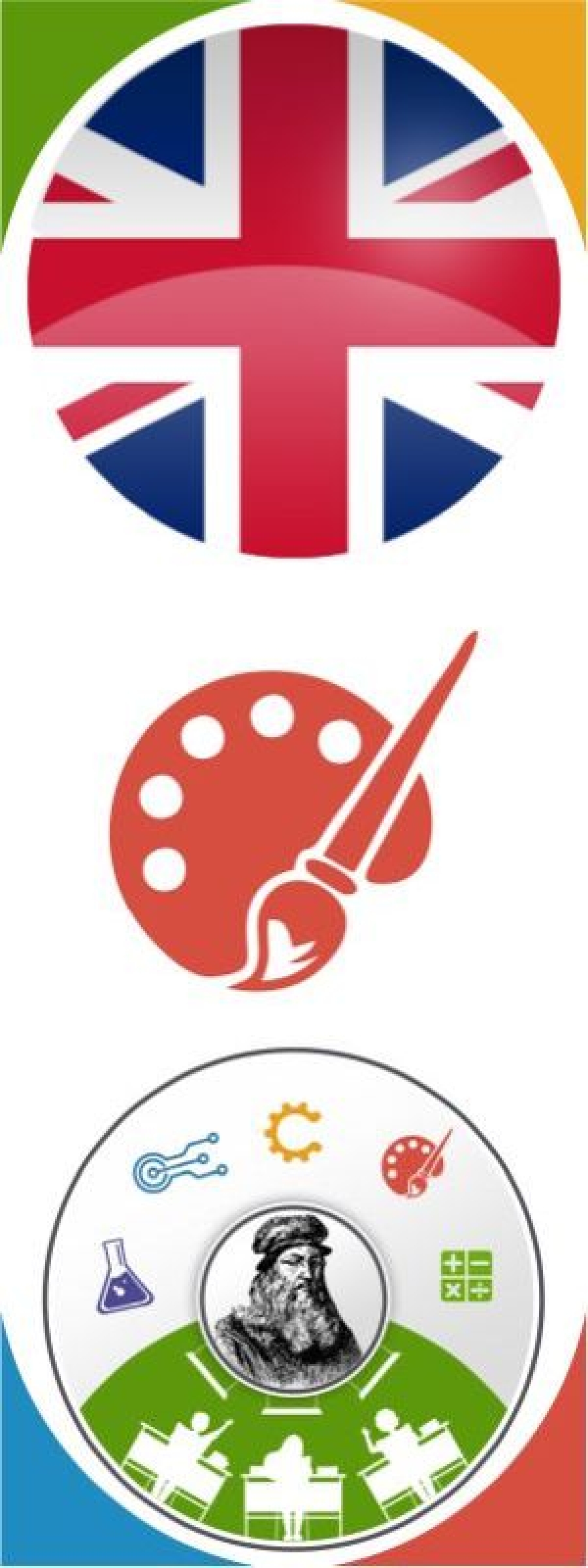
Learn the Colours in French through the Paintings of Claude Monet
The incentives for learning French as a second foreign language will be strengthened, and teaching strategies applied in foreign language learning will be proposed through the use of new technologies. The main goal of this scenario is to introduce children to art and to stimulate their interest in both impressionism and the French language course, making it more original and attractive to the age group it targets (11-year-old adolescents, particularly familiar with technology).







